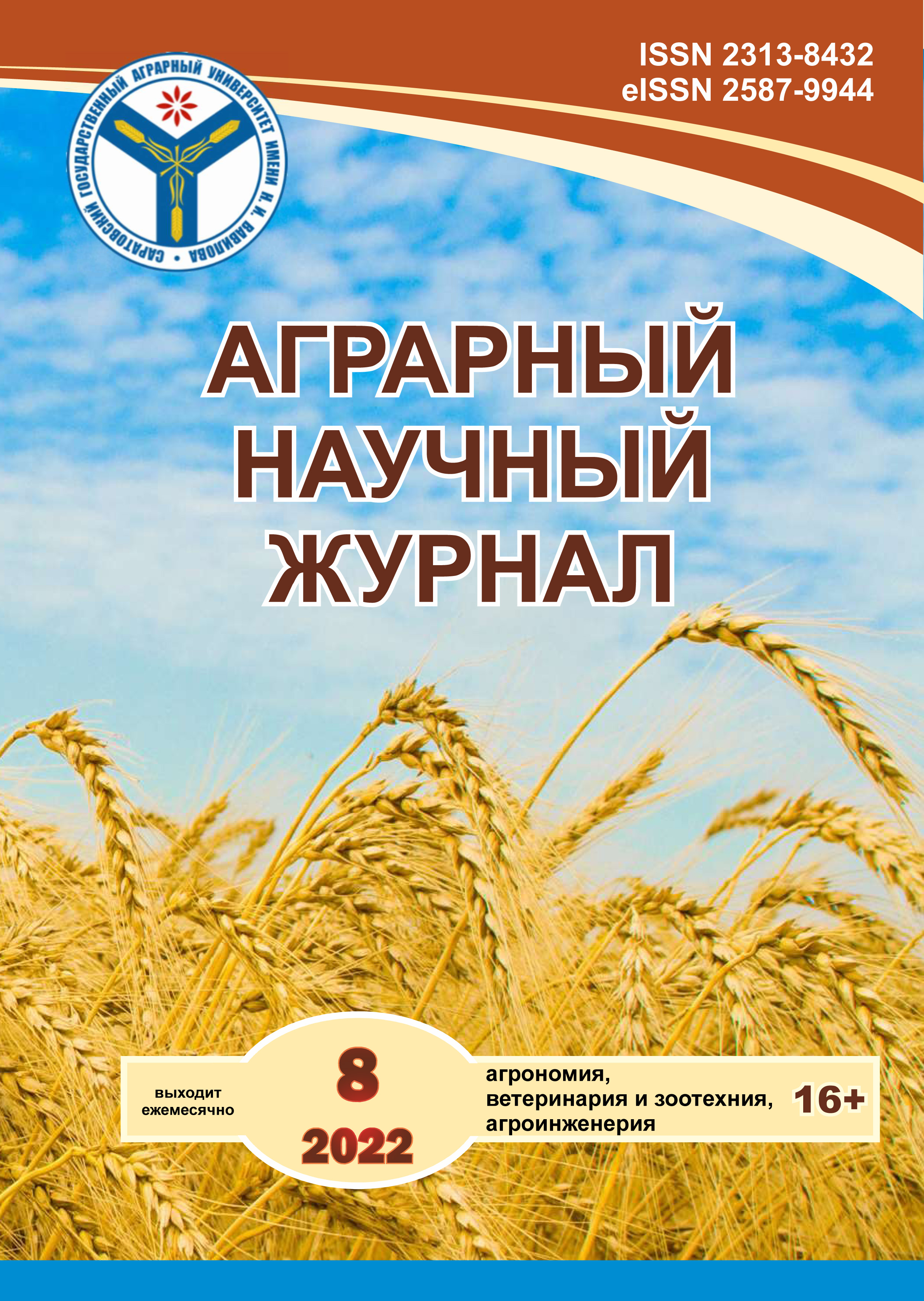The effect of rhizospheric bacteria Ochrobactrum cytisi IPA 7.2 on the resistance of white mustard plants to heavy metals and herbicides
DOI:
https://doi.org/10.28983/asj.y2022i8pp20-24Keywords:
rhizospheric bacteria, Ochrobactrum cytisi IPA 7.2, white mustard, Sinapis alba L., copper ions, glyphosate, complex pollutionAbstract
In modern agriculture, the problem of the use of various pesticides, including non-selective herbicides and copper-containing fungicides, is acute. Rhizospheric bacteria can serve as one of the factors of increasing the resistance of plants to adverse chemical influences. The subject of this research was study the effect of bacteria Ochrobactrum cytisi IPA 7.2 on the white mustard (Sinapis alba L.) resistance to copper ions (Cu(II)), glyphosate and copper complexes with glyphosate [Cu(II)-GL]; as well as on the accumulation and translocation of pollutants in plants. It was shown that the combination of glyphosate or its complexes [Cu(II)-GL] and IPA 7.2 inoculation inhibited the growth of mustard more intensively than in the variants with pollutants alone. In the case of copper, on the contrary, an increase in the accumulation of wet and dry root mass by 1.8 times was found in inoculated plants. Colonization of mustard with strain IPA 7.2 reduced the accumulation of Cu(II) in the plant’s shoot system by two times and simultaneously stabilized the metal in the root zone. However, IPA 7.2 did not effect on the accumulation and translocation of chelated copper in the complexes. The current result is important for understanding about processes of interaction in the plant-rhizosphere bacteria-pollution system and can be used in the technology of growing environmentally friendly products.
Downloads
References
Олексенко А.В. Влияние гербицидов и тяжёлых металлов на рост растений // Сб. науч.-исслед. работ студентов. Саратов, 2020. С. 110-113.
Burygin G. L., Tkachenko О.V. Ochrobactrum cytisi IPA7.2 promotes growth of potato microplants and is resistant to abiotic stress // World Journal of Microbiology and Biotechnology. 2019. Vol. 35. No.. 4. P. 1-12.
Johal G. S., Huber D.М. Glyphosate effects on diseases of plants // European Journal of agronomy. 2009. Vol. 31. No. 3. P. 144-152.
Ozturk L., Yazici A., Eker S., Gokmen О., R?mheld V., Cakmak I. Glyphosate inhibition of ferric reductase activity in iron deficient sunflower roots // New Phytologist. 2008. Vol. 177. No.. 4. P. 899-906.
Popp J., Pet? К., Nagy J. Pesticide productivity and food security. A review // Agronomy for sustainable development. 2013. Vol. 33. No. 1. P. 243-255.
Shelud’ko A.V., Shirokov A.A., Sokolova M.K., Sokolov O.I., Petrova L.P., Matora L.Y., Katsy E.I. Wheat root colonization by Azospirillum brasilense strains with different motility // Microbiology. 2010. No. 79(5). Р. 688–695. DOI 10.1134/S0026261710050140.
Wellburn A. R. The spectral determination of chlorophylls a and b, as well as total carotenoids, using various solvents with spectrophotometers of different resolution // Journal of plant physiology. 1994. Vol. 144. No. 3. Р. 307-313.
Zhang W., Tan C., Sun F., Kong T., Yang C., Liu C. A survey on deep transfer learning //International conference on artificial neural networks. Springer, Cham, 2018. P. 270-279.
Downloads
Published
Issue
Section
License
Copyright (c) 2022 The Agrarian Scientific Journal

This work is licensed under a Creative Commons Attribution-NonCommercial 4.0 International License.








